During World War II, the Gestapo used Terezin, better known as Theresienstadt after its German name, as a ghetto for Jews who were mainly from Czechoslovakia, but also from Germany, Austria, the Netherlands and Denmark.
More than 150,000 Jews were sent there and although there were no extermination camps, around 33,000 died mainly due to terrible conditions that had prevailed in the ghetto. 88,000 ghetto residents were deported to Auschwitz and other extermination camps. At the end of the war, there were 17,247 survivors.
As reported by BBC, the bulk of the buildings where Jews were once forced to live are now in ruins, despite their historical significance.
The camp was used by Nazi propaganda, through the 1944 movie “Theresienstadt”, to portray it as a place where Jews lived happily; in truth, 35,000 Jews died of hunger and disease there, and many more were deported to be transferred to Auschwitz or Treblinka.
The decay of the city is due to the fact that since 1790, when it was founded, it has always hosted numerous soldiers from the various armies that governed the territory, from the Austro-Hungarian to the Czechoslovakian, which left Terezin in the early 90s.
Since the local economy revolved around the army, the city quickly lost 75% of its population, and the remaining one struggles to preserve the remains of what it once was.
The “Little Fortress” complete with one-man cells and execution places, was used as a security prison for prisoners who resisted the Nazis. Before the pandemic, it welcomed thousands of visitors every year.
In 2002, Europe’s historic floods immersed both the Little Fortress and town of Terezin in water, forcing extensive restoration work to be carried out.
However, the city has already been in perennial decline from before, which jeopardizes the preservation of the places of memory.
“For me, it’s very frustrating,” explained Simon Krbec, managing director of the Theresienstadt Center for the Study of Genocides. “These walls, these buildings, are evidence. And without evidence, there is no Holocaust.”
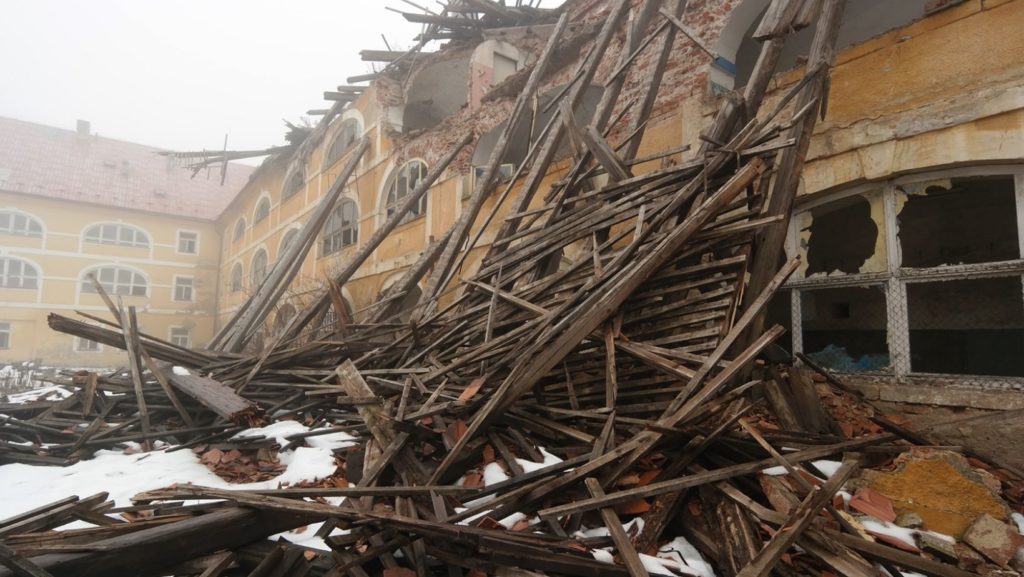
The courtyard of Dresden Barracks, the largest and most damaged building in the Main Fortress of Theresienstadt
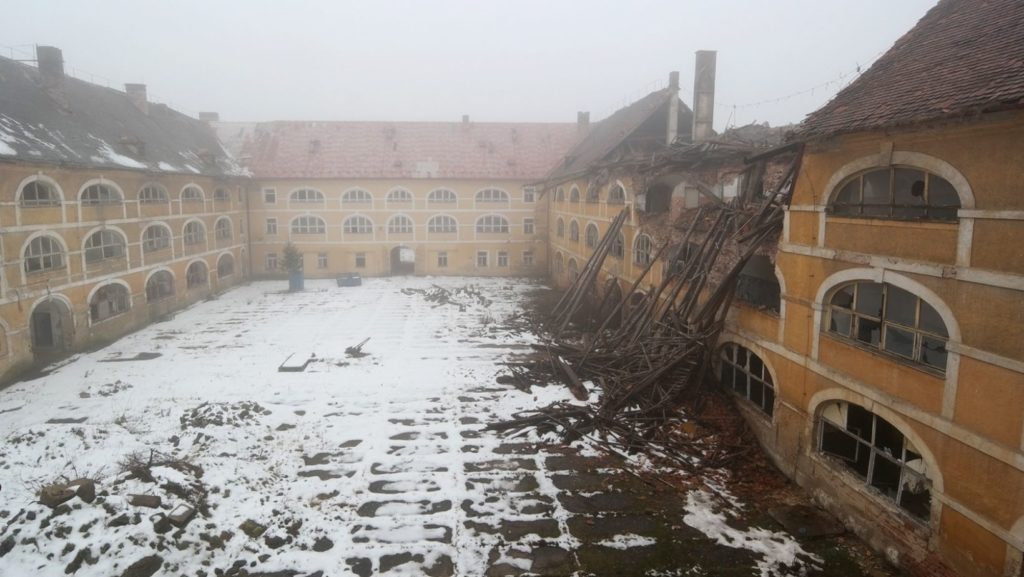
During Second World War the Dresden Barracks were used for football (soccer) games of the Theresienstadt League
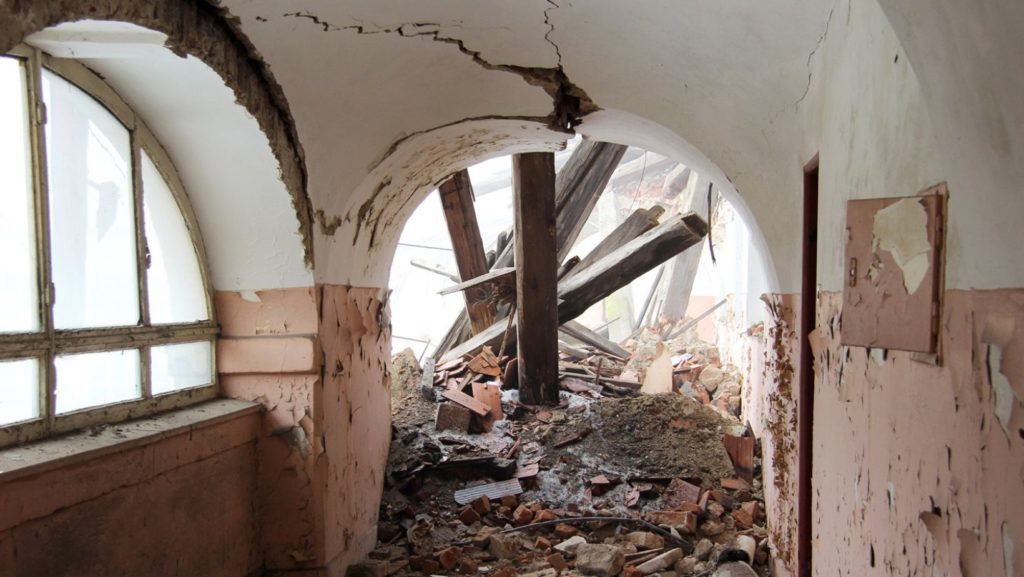
Interior of Dresden Barracks, the largest and most damaged building in the Main Fortress of Theresienstadt
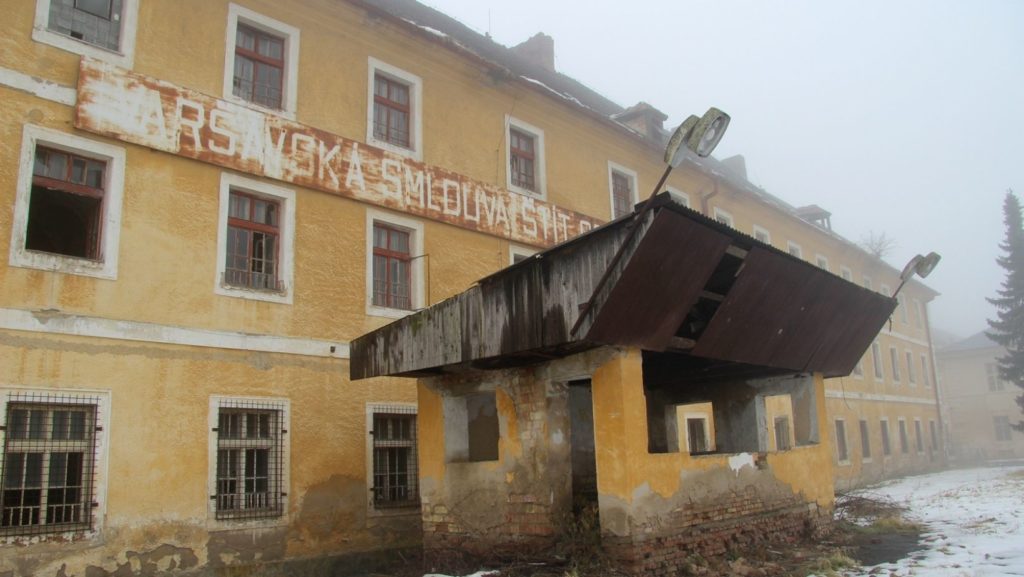
Dresden Barracks, the largest and most damaged building in the Main Fortress of Theresienstadt
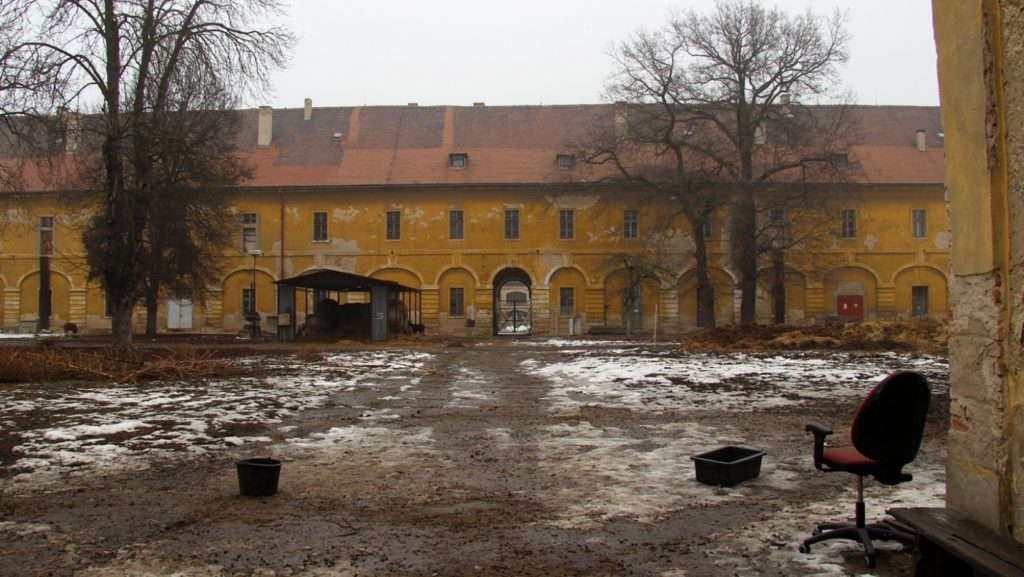
The courtyard of Military Hospital in the Main Fortress of Theresienstadt
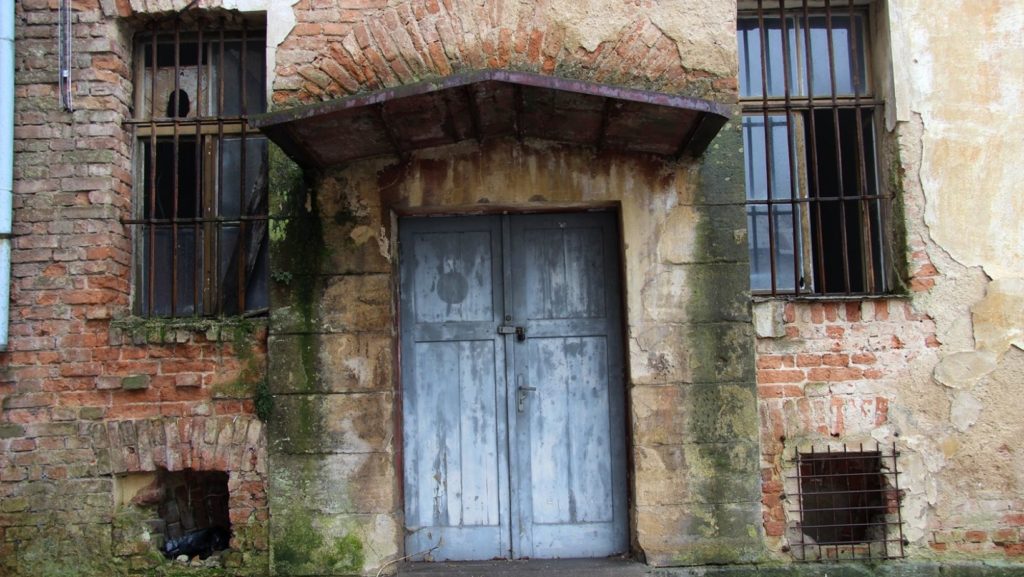
Military Hospital in the Main Fortress of Theresienstadt
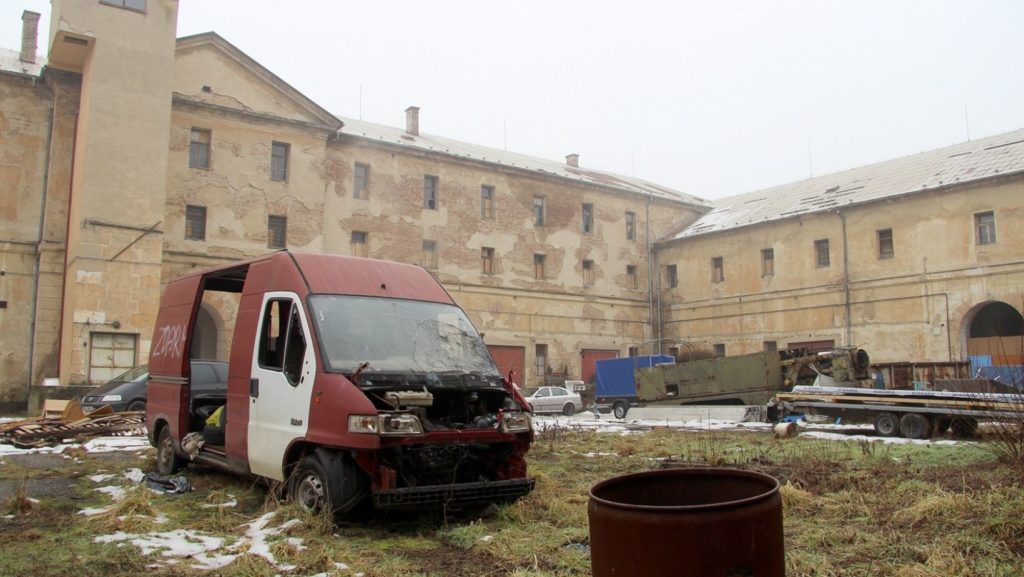
Hannover Barracks in the Main Fortress of Theresienstadt
Support Prague Morning!
We are proud to provide our readers from around the world with independent, and unbiased news for free.
Our dedicated team supports the local community, foreign residents and visitors of all nationalities through our website, social media and newsletter.
We appreciate that not everyone can afford to pay for our services but if you are able to, we ask you to support Prague Morning by making a contribution – no matter how small 🙂 .




